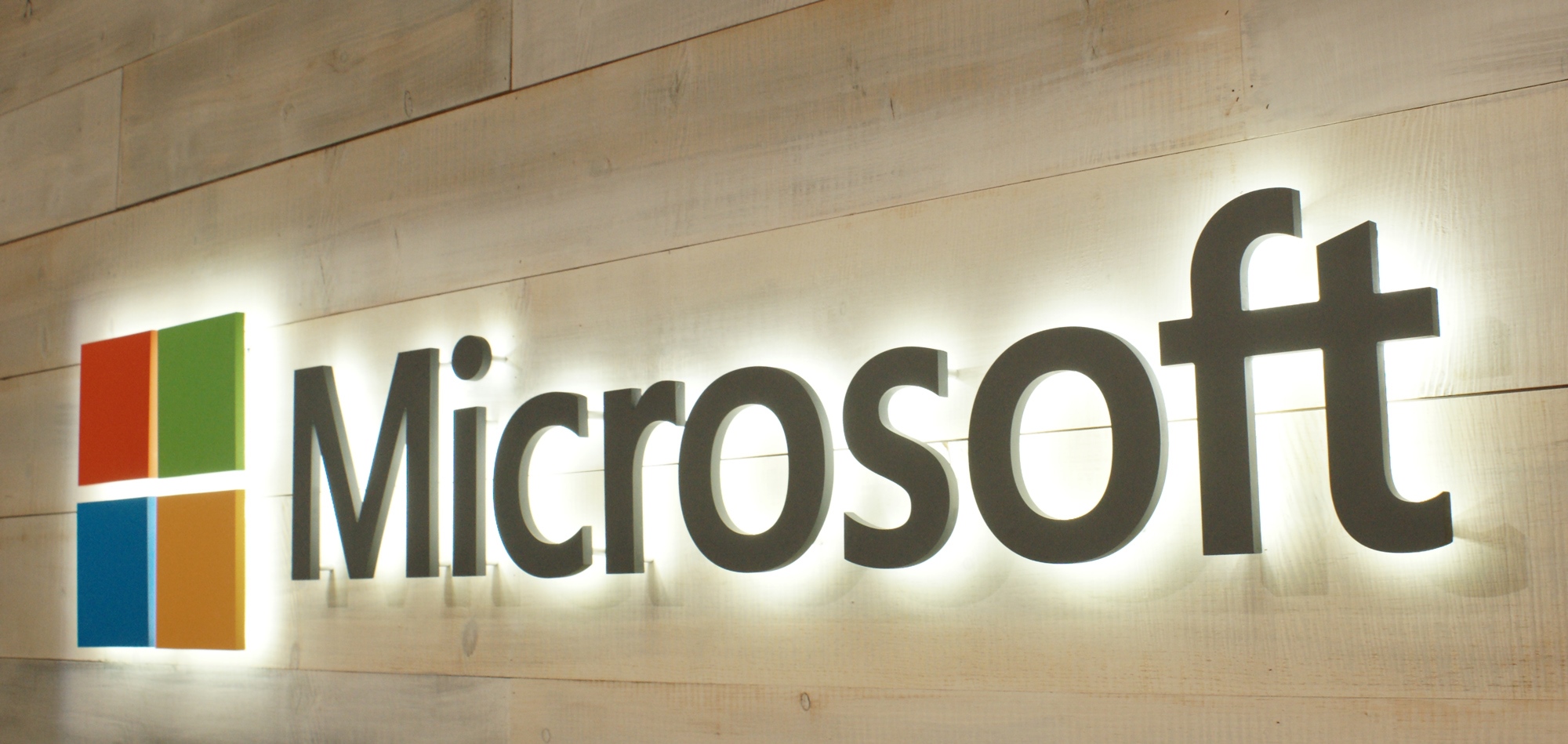2018-8-30 17:13 |
Throughout history, instruments of trust, like paper money, minted coins, and banking systems, have evolved to expedite transfer and exchange of value while safeguarding the parties in the transaction. Essential innovations, including the Internet, credit card systems, and other technologies have enhanced the speed, convenience, and efficiency of transactions while shrinking and at times, eliminating the distance between buyers and sellers.
However, it is the invention of Blockchain that was a game changer in so far as instruments of trusts facilitate exchange of value. Essentially, Blockchain has made it possible to transfer and exchange value without the involvement of intermediaries. Blockchain is economical and efficient, because it minimizes duplication of effort.
It is also less vulnerable because it uses consensus mechanisms to validate transactions. As such, transactions are authenticated, secure, and verifiable. Bitcoin—the first cryptocurrency based on Blockchain—was conceived in 2009 to facilitate transfer of coins between any two anonymous parties on the Internet.
But Bitcoin was limited in its use case scenarios. Therefore, Vitalik Buterin conceived Ethereum as a revolutionary platform for coding, executing and deploying smart contracts and dApps. Ever since, the number of use cases of Blockchain has been expanding exponentially.
Still, many transactions have remained expensive, inefficient, and vulnerable on these platforms. Worldwide transaction volumes—fueled by growth of e-commerce, internet banking and in-app purchases—are increasing exponentially and will certainly amplify the complexities, inefficiencies, and costs of current transaction systems. With the rise of IoT (Internet of Things), transaction volumes will soon explode.
Blockchain ChallengesThe challenges bedeviling conventional Blockchains can be summarized as follows:
Network challenges; Governance challenges; and Software challengesNetwork Challenges
In conventional Blockchains, transactions are executed at a slower pace. Whether the consensus algorithm is Proof-of-Work (PoW) or Proof-of-Stake (PoS), transactions are confirmed and stored in sequential manner on the blocks one by one. This leads to wastage of the computing power.
Besides, scaling and speed have become major concerns for Blockchain developers. If the performance of the Cryptokitties—a smart contract that executes on Ethereum—is anything to go by, then network challenges will slow down the commercial development and mass adoption of smart contracts.
Governance ChallengesBlockchain was meant to decentralize operations in a network. However, 51% attack can still occur in instances where the network continues to be heavily centralized. In this case, a miner or any group of miners controlling more than 50 percent of the platform’s hash power can manipulate the Blockchain.
If this were to be allowed, it would spell the end of that platform. As of this writing, 53% of all the Bitcoin hash power is held in China.
Software ChallengesConventional Blockchains have 2 main challenges:
Usability: Whereas most Blockchains introduce executable entities in the form of smart contracts or chain code, technologies and languages do not allow any development of feature-rich and commercial apps. Security: Most Blockchains are only implemented with a compiler that helps to develop an executable code with no integrated tools for unit testing, continuous integration, and code analysis. Consequently, smart contracts developed from these platforms are vulnerable to attacks.Color Platform’s Solution to the Conventional Blockchain Challenges
Color Platform’s Color Spectrum technology will create a scalable and decentralized computing platform. A PUF chip is cryptographically foolproof hardware that takes advantage of unclonable physical characteristics to generate a unique, unclonable “DNA” which serves as a key identifier. PUFs are based on physical variations that can occur naturally at the time the semiconductor is being manufactured. They help manufacturers to differentiate otherwise similar semiconductors in a seamless manner.
The chief goal of Color Platform is maintaining commercial-level scalability and speed while running thousands of dApps. The Platform will rely on its Color Spectrum technology to address the key challenges bedeviling conventional Blockchains, scalability, limits of creating sophisticated dApps, governance, decentralization and security In the same way light sliced in prism can separate into several colors, the Color Platform’s Spectrum technology will separate data streams from code to effectively manage concurrent execution of dApps.
Unlike conventional Blockchains where the code and data are combined, the Color Spectrum will incorporate distinct layers to facilitate processing and committing data into the chain as shown in the diagram below:
The Color Platform—acting as an incubator for a host of dAps such as Color Design and Reward INC, —will fast-track the development of smart contracts. It will also provide the following services:
Color Development Kit (CDK): It will help to supercharge the dApp development process by allowing developers to build large scale commercialized dApps. CDK intends to revolutionize the dApp ecosystem by fast-tracking the development if enterprise-level systems. Color dApps will be fueled by Color Coin (COL). Back-end system: The Platform’s back-end system will provide an interface for dApp implementation that hide lower level features like consensus from novice programmers.Color Ecosystem
Color Platform not just provide an environment for development of dApps, but it will be an ecosystem where users will also connect to various systems. The platform will incorporate the following components:
Wallet applications where users can create wallets in a seamless and transparent manner; Color Gallery where useful dApps will be hosted to allow users search and access them. The Color Gallery will have an innate ranking system that allows users having the best reputations to rank higher. In the Color Gallery, smart contracts, all the dApp on Color Platforms, newsfeed, and connectors to other distributed social-media platforms will be aggregated. Pixel Program: Pixels are a type of “airdrop” distributed to all Color Coin wallet holders, five Pixels in 24 hours and only have value when sent to others. “Conditional sharing mechanism” of Pixel program prevents hoarding, provide stable issuance, and increase overall user participation in the system. Most importantly, it promotes active circulation of Color Coins.Conclusion
DApps, coupled with smart contracts provide many use cases. With Color Spectrum Technology, Color Platform will ensure scalability of dApps which runs at high transactional speeds and security. This will be useful in the development, execution and deployment of enterprise-level dApps.
The post Color Spectrum Technology: Solution to Scalability and Speed in Conventional Blockchains appeared first on CoinSpeaker.
origin »Sharpe Platform Token (SHP) на Currencies.ru
|
|


















